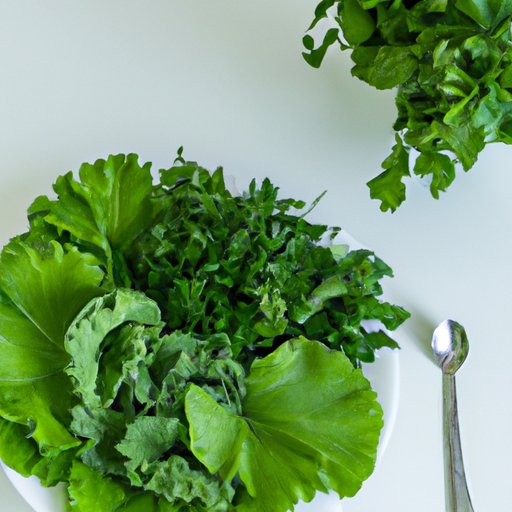Introduction
Eating a healthy, balanced diet is essential for maintaining overall health and wellbeing. Leafy greens are an important part of any diet, but many people don’t know why they should be eating them or what benefits they offer. This article will explore the various health benefits of eating leafy greens, as well as how to incorporate more greens into your diet and the role of antioxidants found in greens.
Exploring the Health Benefits of Eating Leafy Greens
Leafy greens are packed with vitamins, minerals, fiber, and other nutrients that can provide numerous health benefits. Here are some of the ways that eating greens can benefit your health:
Nutritional Benefits
Leafy greens are rich in vitamins and minerals, such as vitamin A, vitamin K, calcium, and iron. According to the American Heart Association, “leafy greens are an excellent source of vitamins A, C and K, folate, manganese, potassium, iron, magnesium and fiber.” They are also low in calories, which makes them a great choice for those looking to lose weight.
Role in Fighting Disease
Leafy greens are high in antioxidants, which can help protect against certain diseases. According to a study published in The Journal of Nutrition, “antioxidants found in leafy green vegetables may reduce the risk of chronic diseases such as cancer, heart disease, and diabetes.” Eating greens can also help reduce inflammation, which is linked to a variety of diseases.
Role in Supporting a Healthy Immune System
Leafy greens are also high in vitamins and minerals that can help support a healthy immune system. According to a study published in the journal Nutrients, “vitamin A, vitamin C, vitamin E, zinc, and selenium found in leafy greens are important for proper functioning of the immune system.” Eating greens can help keep your body healthy and better equipped to fight off illnesses and infections.
How to Incorporate More Greens Into Your Diet
Incorporating more greens into your diet doesn’t have to be difficult or time-consuming. Here are some strategies for increasing your intake of leafy greens:
Strategies for Increasing Intake
• Start your day with a green smoothie or juice.
• Add leafy greens to soups, stews, and casseroles.
• Use kale, spinach, or Swiss chard as wraps for sandwiches or burritos.
• Top pizza with spinach or arugula.
• Keep a bag of frozen spinach on hand for quick and easy meals.
• Make a salad with a variety of greens, such as kale, arugula, and romaine lettuce.
Tips for Making Greens More Appealing
• Add a variety of flavors, such as garlic, lemon juice, olive oil, and herbs.
• Add fruit, nuts, and seeds for texture and flavor.
• Roast vegetables for a crunchy texture.
• Saute greens with onions and garlic.
• Top salads with avocado, cheese, or other toppings.
• Try different types of greens. There are dozens of varieties available!
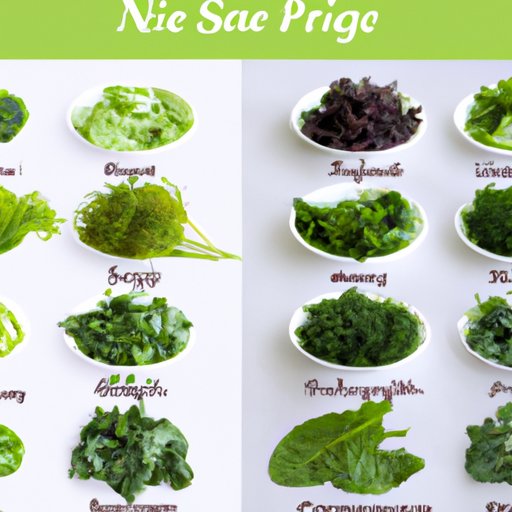
The Different Types of Greens and Their Nutritional Values
There are many different types of leafy greens, each with its own unique flavor and nutritional value. Here are some of the most popular greens and their nutritional benefits:
Kale
Kale is a nutrient-rich green that is high in vitamins A, C, and K. It is also a good source of fiber, calcium, and iron. Kale has been shown to lower cholesterol and reduce the risk of certain cancers.
Spinach
Spinach is a dark, leafy green that is high in vitamins A and K, as well as folate, magnesium, and iron. It is also a good source of fiber and has been linked to a reduced risk of cancer and heart disease.
Swiss Chard
Swiss chard is a nutrient-dense green that is high in vitamins A, C, and K, as well as magnesium, potassium, and iron. It is also a good source of fiber and antioxidants, which can help protect against certain diseases.
Collard Greens
Collard greens are a dark, leafy green that is high in vitamins A, C, and K, as well as calcium and iron. They are also a good source of fiber and have been linked to a reduced risk of cancer and heart disease.
Broccoli
Broccoli is a cruciferous vegetable that is high in vitamins A, C, and K, as well as fiber and folate. It is also a good source of calcium and iron and has been linked to a reduced risk of certain cancers.
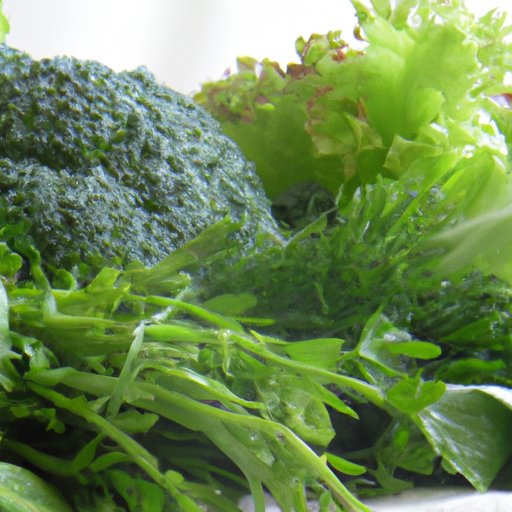
The Role of Greens in a Balanced Diet
Eating a variety of leafy greens is important for a balanced diet. It’s important to mix up the types of greens you eat, as each type offers unique nutritional benefits. In addition to eating a variety of greens, it’s also important to combine them with other nutrient-rich foods, such as lean proteins, whole grains, and healthy fats.
The Impact of Eating Greens on Overall Health
Eating a variety of leafy greens can have a positive impact on your overall health. Here are some of the benefits of adding greens to your diet:
Improved Digestion
Leafy greens are high in fiber, which helps keep your digestive system running smoothly. Fiber can also help you feel fuller longer, which can help with weight management.
Reduced Inflammation
Leafy greens are high in antioxidants, which can help reduce inflammation in the body. Chronic inflammation is linked to a variety of diseases, so reducing inflammation can help improve overall health.
Improved Mental Clarity
Leafy greens are high in folate, which plays an important role in cognitive function. Folate helps produce serotonin, which can help boost mood and mental clarity.
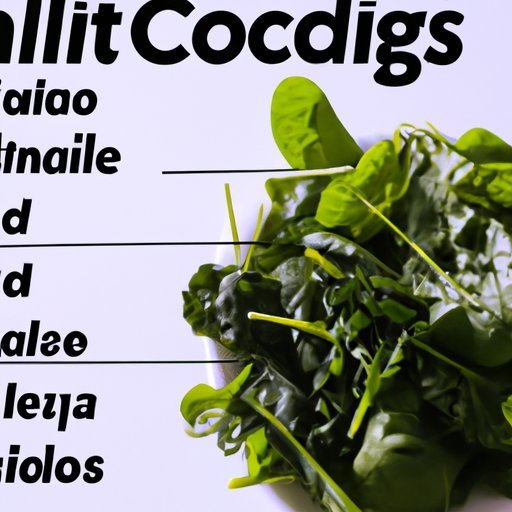
Understanding the Role of Antioxidants Found in Greens
Antioxidants are compounds found in plants that can help protect against damage caused by free radicals. Here is what you need to know about antioxidants and their role in health:
What are Antioxidants?
Antioxidants are molecules that help protect cells from damage caused by free radicals. Free radicals are unstable molecules that can damage cells and lead to chronic diseases, such as cancer and heart disease. Antioxidants work to neutralize free radicals, preventing them from causing damage.
Effects of Antioxidants on the Body
Antioxidants can help protect against oxidative stress and reduce inflammation, which can help improve overall health. Studies have shown that consuming foods high in antioxidants can reduce the risk of certain diseases, including cancer and heart disease.
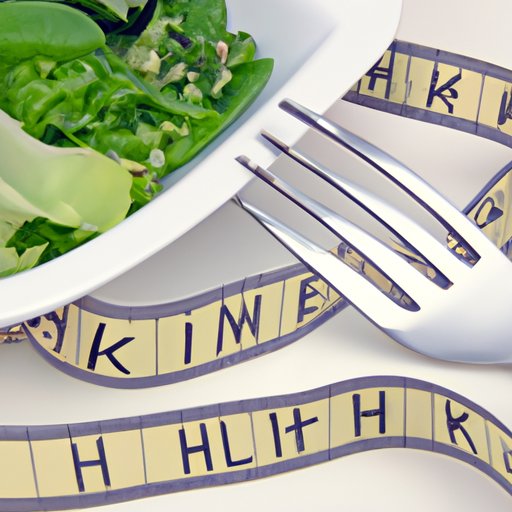
Exploring the Link Between Greens and Weight Loss
Leafy greens are an important part of any weight loss plan. Here’s why:
Role of Fiber in Weight Loss
Leafy greens are high in fiber, which can help you feel fuller longer and prevent overeating. Fiber also helps slow down digestion, which can help regulate blood sugar levels and prevent spikes in hunger.
Benefits of Adding Greens to Your Diet
Eating a variety of leafy greens can help you reach your weight loss goals. Greens are low in calories and high in fiber, which can help you feel full without consuming too many calories. They are also packed with vitamins and minerals that can help support a healthy metabolism and give you energy throughout the day.
Conclusion
Eating leafy greens is an important part of any healthy diet. Greens are packed with vitamins, minerals, and other nutrients that can provide numerous health benefits, such as improved digestion, reduced inflammation, and improved mental clarity. They are also high in fiber, which can help with weight loss. Eating a variety of greens is important for getting all the nutrients your body needs, and combining them with other nutrient-rich foods can help ensure you get a balanced diet. So if you want to reap the benefits of eating greens, make sure to include them in your meals and snacks.
Summary of Main Points
Leafy greens are a nutritious and delicious way to get the vitamins and minerals your body needs. Eating greens can provide numerous health benefits, such as improved digestion, reduced inflammation, and improved mental clarity. They are also high in fiber, which can help with weight loss. Eating a variety of greens is important for getting all the nutrients your body needs, and combining them with other nutrient-rich foods can help ensure you get a balanced diet.
Final Thoughts
Including leafy greens in your diet is one of the best things you can do for your health. Eating a variety of greens can provide numerous health benefits and help you reach your health and wellness goals. So make sure to add greens to your meals and snacks to get all the nutrients your body needs.
(Note: Is this article not meeting your expectations? Do you have knowledge or insights to share? Unlock new opportunities and expand your reach by joining our authors team. Click Registration to join us and share your expertise with our readers.)
